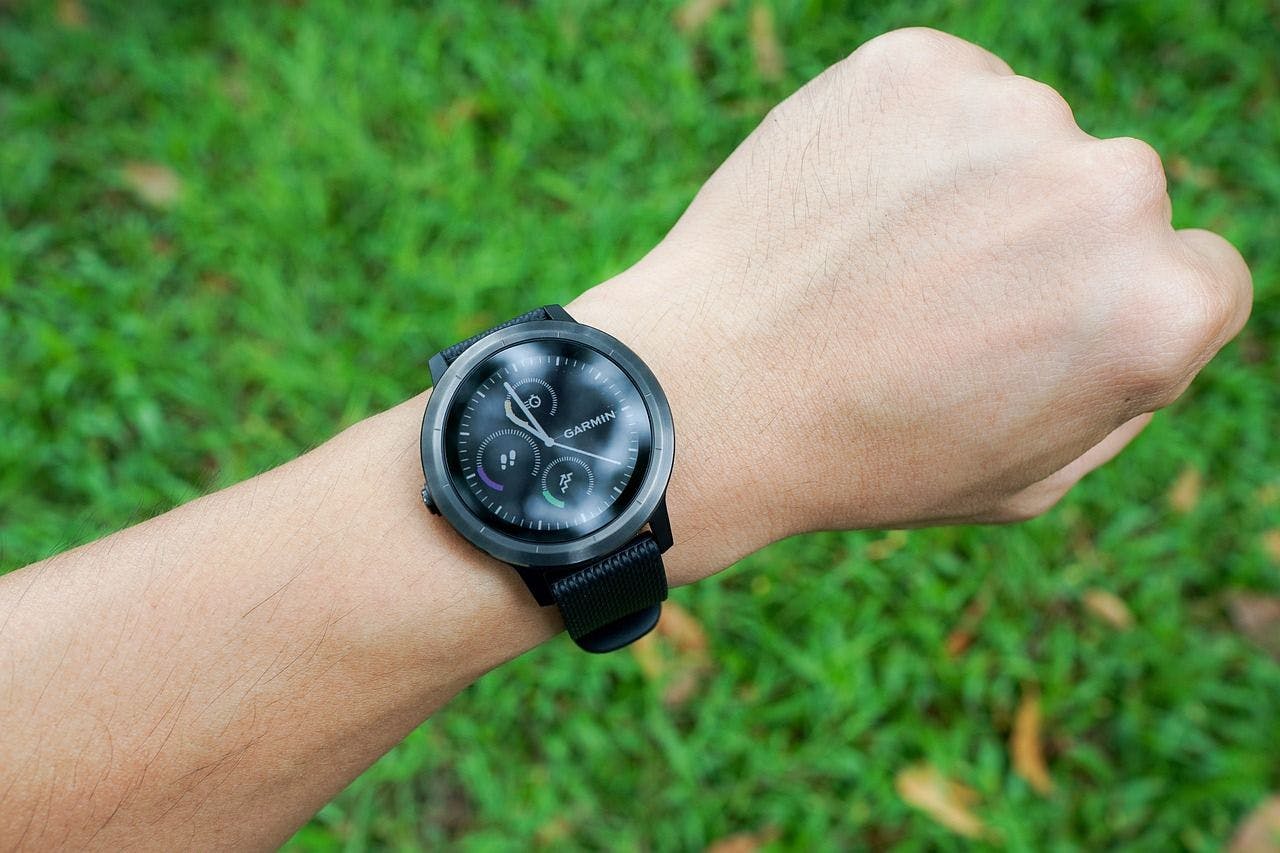Authors:
(1) Muhammad Zia Hydari, Katz Graduate School of Business, University of Pittsburgh and Corresponding author;
(2) Idris Adjerid, Pamplin College of Business;
(3) AAaron D. Striegel, Department of Computer Science and Engineering, University of Notre Dame.
Table of Links
Abstract and 1 Introduction
2. Background and 2.1. Leaderboards
3. Effect of Leaderboards on Healthful Physical Activity and 3.1. Competition
3.2. Social Influence
3.3. Moderating Effects of Prior Activity Levels and Leaderboard Size
4. Data and Model
4.1. Data
4.2. Model
5. Estimation and Robustness of the Main Effects of Leaderboards
5.2. Robustness Check for Leaderboard Initiation
5.3. Fitbit Compliance
5.4. Fitbit Attrition, Leaderboard De-Adoption, and Additional Robustness Checks
6. Heterogeneous Effect of Leaderboards
6.1. Heterogeneity by Prior Activity Levels
6.2. Interaction of Leaderboard Size, Rank, and Prior Activity Levels
6.3. Summary of Findings from Heterogeneous Effect Analysis
7. Conclusions and Discussion, Endnotes, and References
3. Effect of Leaderboards on Healthful Physical Activity
Whether leaderboards will increase or decrease healthful physical activity is not entirely clear as the effect is unlikely to be similar for all individuals. Leaderboards can produce an effect on an individual’s physical activity primarily by altering this individual’s willingness to engage in physical activity. Specifically, we conjecture that changes in willingness to engage in physical activity occur primarily due to the introduction of competitive dynamics, increased individual accountability, and altering an individual’s reference point for their own activity levels.
3.1. Competition
Social comparison theory suggests that a fundamental mechanism through which individuals assess their own ability is through comparison with others (Festinger 1954). Competitiveness is one manifestation of the social comparison process and drives individuals to increase their effort either ex ante to elevate their rank or ex post to maintain their high rank (Garcia et al. 2013). Thus, the first and most direct way that leaderboards impact physical activity is through the competitive dynamic that ranking a focal user against other users generates. The tag line on the Fitbit leaderboard (Figure 1)—a little healthy competition is a great thing—points to the motivational potential of this competitive mechanism. In addition, the enjoyment derived from physical activity may be impacted by the individual’s leaderboard adoption by converting the mundane activity of walking into the more exciting activity of competing against others. Therefore, individuals who may not gain any direct enjoyment from walking may engage in this activity because of the indirect enjoyment gained from competing on the leaderboard.
However, prior work finds that impacts of competition on motivation and effort are highly heterogeneous and depend on several factors such as a participant’s desire to win, whether the competition provides a participant the opportunity or reason for improving their performance, and whether competition motivates a participant to put forth greater effort (Deci et al. 1981). Along this vein, a leaderboard may have minimal impact on performance if it does not provide sufficient competition or if the adopting individual is not particularly motivated by competition. More so, prior work has noted the possibility of competition having negative impacts on motivation and performance. For instance, Steinhage et al. (2015) argue that when competition elicits excitement, it may foster positive behavior. However, if competition elicits anxiety, it may foster negative behavior. Extrapolating this to our context, if the performance of others on the leaderboard elicits anxiety in the focal user, it would lead to negative outcomes for them. Reflecting this theoretical tension, the extant literature has found mixed results regarding competition with others who significantly surpass the individual in performance. Rogers and Feller (2016, p. 1) showed that “exposure to exemplary peer performances can undermine motivation and success by causing people to perceive that they cannot attain their peers’ high levels of performance,” and termed this phenomenon discouragement by peer excellence. However, Uetake and Yang (2019) find that an individual’s distance from the highest achiever has positive motivational effects, whereas comparison with the average individual has negative impacts. Thus, competition is likely a focal mechanism behind leaderboard effects but whether it positively impacts physical activity is uncertain ex ante.












